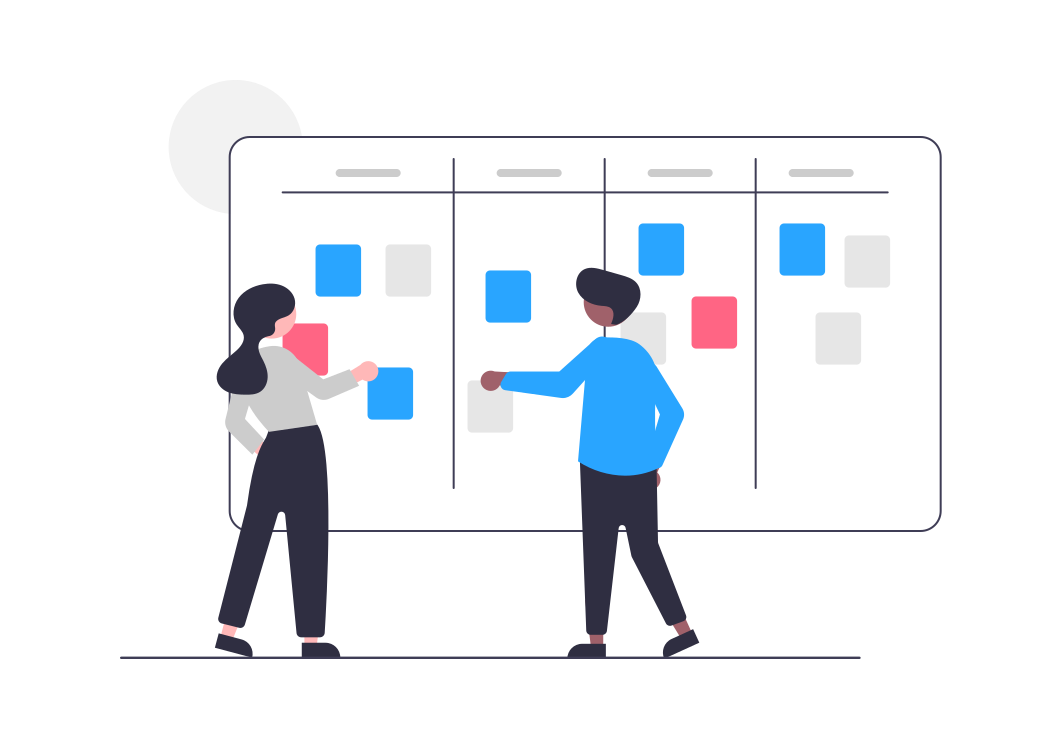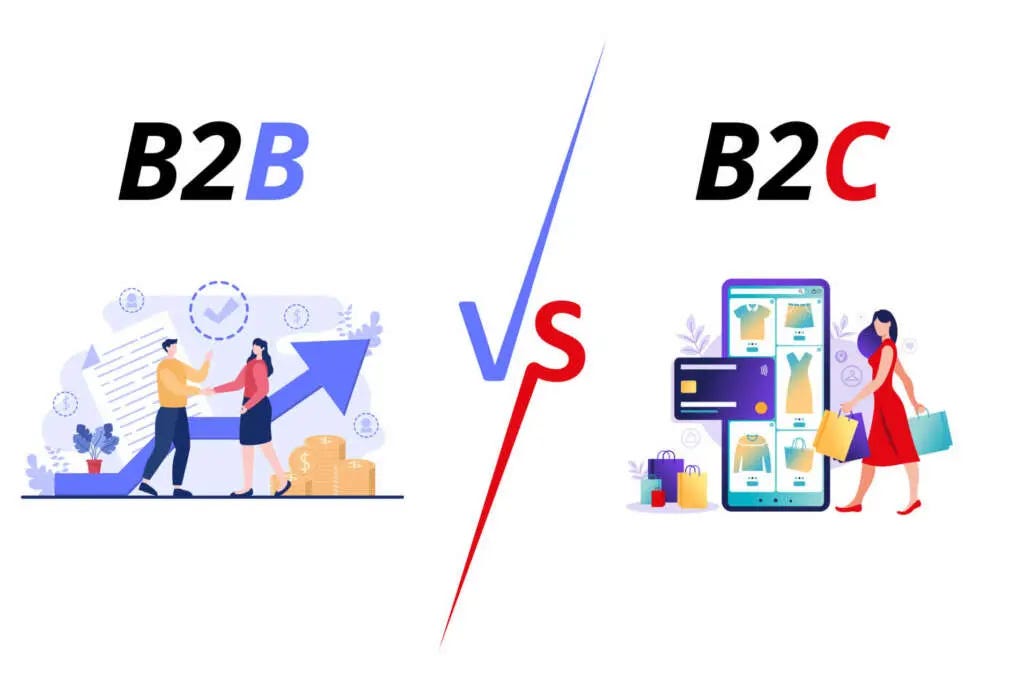In the ever-evolving landscape of product development, the art of prioritisation and roadmap planning plays a pivotal role in the success of any endeavour. Picture this: a dynamic ecosystem where choices made today echo into the future. In this article, we will explore the intricacies of prioritising features and crafting a roadmap that not only balances short-term wins but also lays the groundwork for sustained triumph.
To embark on this journey, let’s begin with a vivid snapshot of why prioritization and roadmapping are the linchpin of product success. Imagine a bustling marketplace where user expectations are akin to a moving target, and the ability to prioritize and plan effectively is the compass that guides product teams through uncharted waters.
Prioritization Methods:
Impact-Effort Matrix:
- This method involves evaluating features based on their potential impact and the effort required for implementation.
- Imagine a scenario where a popular social media app faces a critical bug that disrupts the seamless scrolling experience for users. This bug becomes the focal point for prioritization, showcasing the direct correlation between impact and user satisfaction.
User Value and Satisfaction:
- Prioritize features that align with user needs and enhance overall satisfaction.
- By gathering user feedback through surveys and analytics, a customer relationship management (CRM) software might identify a high-value feature, such as customizable dashboards, to boost user satisfaction.
Kano Model:
- Classify features into basic, performance, and delight factors to prioritize based on customer expectations.
- Let’s consider the Kano Model in action for an e-commerce platform. While improving the search functionality serves as a basic requirement, introducing personalized product recommendations becomes the delightful factor, elevating user experience from functional to exceptional.
Roadmapping Strategies:
Agile Roadmap:
- Divide the development process into short iterations or sprints.
- Envision a scenario where a project management tool adopts an Agile roadmap. This enables the team to release incremental updates, addressing user needs promptly and maintaining a dynamic development approach.
Theme-based Roadmap:
- Group features into themes aligned with business goals or user needs.
- Imagine a health and fitness app focusing on themes like “Nutrition,” “Workouts,” and “Community.” Each theme contributes to the holistic vision, ensuring that user needs are addressed comprehensively.
Balancing Short-Term and Long-Term Goals:
OKRs (Objectives and Key Results):
- Set clear objectives for both short-term and long-term goals.
- Visualize an e-learning platform establishing short-term objectives, such as increasing user engagement, and long-term objectives, like expanding the course offerings to cater to a broader audience.
Risk vs. Reward Analysis:
- Evaluate the risks associated with short-term gains against potential long-term benefits.
- Consider a tech company choosing to delay a product release to address security vulnerabilities. This decision safeguards long-term customer trust, highlighting the importance of balancing immediate gains with future resilience.
Emphasizing the Iterative Nature of Roadmaps:
In the dynamic landscape of product development, roadmaps are not static blueprints but living documents that evolve. Regular updates based on new data and feedback ensure that the roadmap remains aligned with the ever-changing market and user expectations.
Conclusion:
As we conclude this exploration into prioritization and roadmapping, I encourage you, to not merely absorb this knowledge but to actively apply it. Take deliberate steps to implement these strategies in your product development journey. The dynamic interplay of prioritization and roadmap planning is your compass; use it wisely to navigate the challenges and chart a course towards unparalleled success.




